In this article, you will learn what music and movement activities are and why they are important for a child's development. You will also get more than 40 fun music and movement ideas to implement during circle time in your classroom or in your home.
Learning is fun for toddlers and preschool children – especially when you're having fun yourself!
Try these music activities and activities of movement to get your child excited about learning about music, rhythm, and movement!
What are music and movement activities?
Music and movement activities are exactly what they sound like.
These are activities that incorporate gross motor skills and elements of fine motor skills with music.
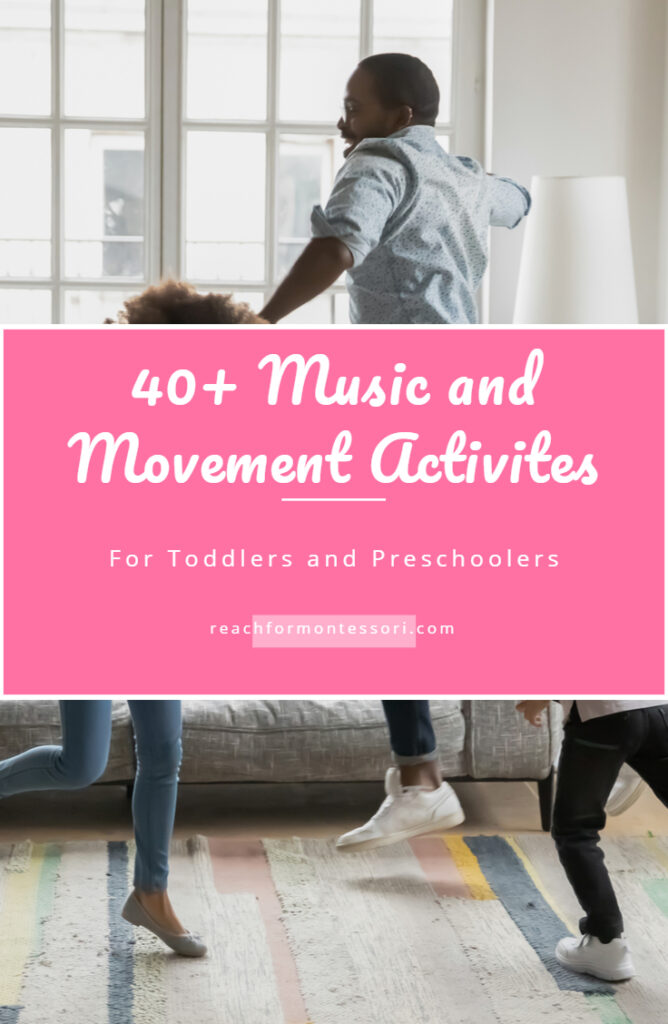
(This post contains affiliate links. Purchasing from these links costs you nothing extra, but sends a few cents our way for website upkeep.)
Why are music and movement activities important for young kids?
Music and movement activities are a great way to help children learn and develop their motor skills; both fine motor skills and gross motor skills.
They can also be used to enhance cognitive development, creativity, and social-emotional development.
Motor skills development
Gross motor skills are developed and refined by using the large muscles of the body.
Music and movement activities are great for encouraging children to move in new and creative ways to help them develop these skills.
When people think of music and movement activities, fine motor skills development often gets left off the checklist of benefits.
Whether is grasping a silk scarf while dancing or creeping their little fingers up to their chins during a lively game of “Open, Shut Them”, music and movement activities absolutely involve the small muscles of the hands and fingers.
Creativity
Encouraging creativity in kids is important, and music is a great way to do it.
Music has a way of capturing the imagination and getting people excited and interested in new things.
A great way to encourage creativity in kids is to expose them to music and have them participate in music and movement activities.
Music is a powerful form of self-expression that requires a high degree of mastery and learning, which is why it’s such a great thing to encourage in kids.
The more you exercise your creative muscle, the stronger it will get.
These activities are a great way to introduce the concept of creativity through music.
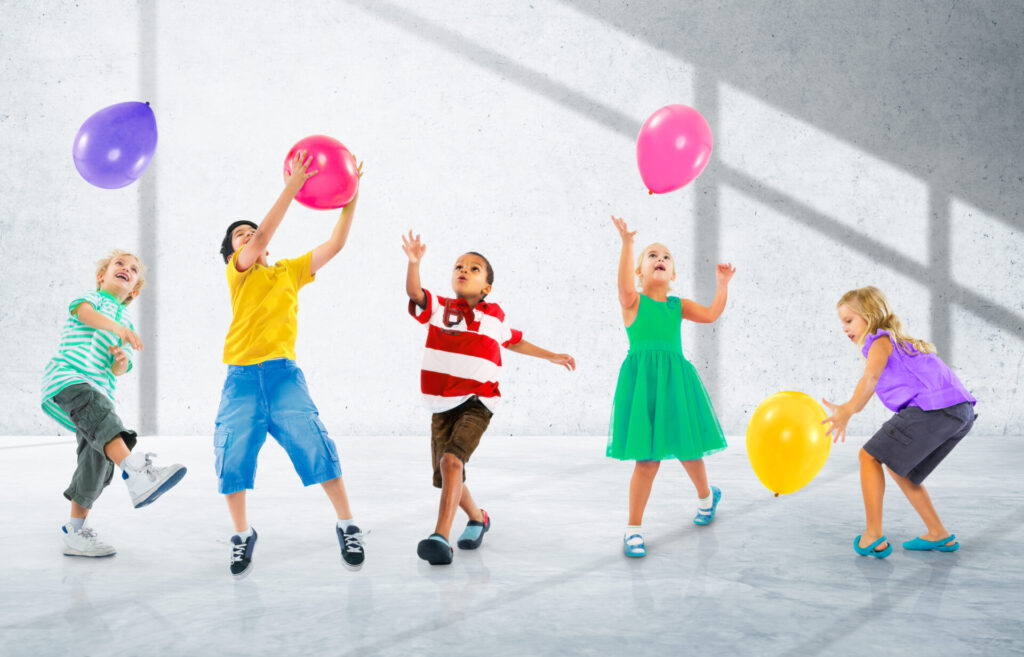
Social-emotional development
The importance of music on a child’s emotional development cannot be overstated.
While music and lyrics are obviously important, the rhythm and pace of a song can also influence a child’s mood.
It's been well-documented that music and singing can help kids develop social and emotional skills.
One 2007 study found that kids who took music lessons had better social skills, self-esteem, and confidence than kids who didn't.
Another study found that singing in a choir also helped teens feel connected to their peers.
Again, creativity is a muscle, just like any other. The more you develop it, the more it will grow.
Language development
Music and movement activities are also great for helping a child develop language skills, as many of the songs in these activities use rhymes, which help phonetic awareness.
Children's movement songs also help develop receptive language through fun commands.
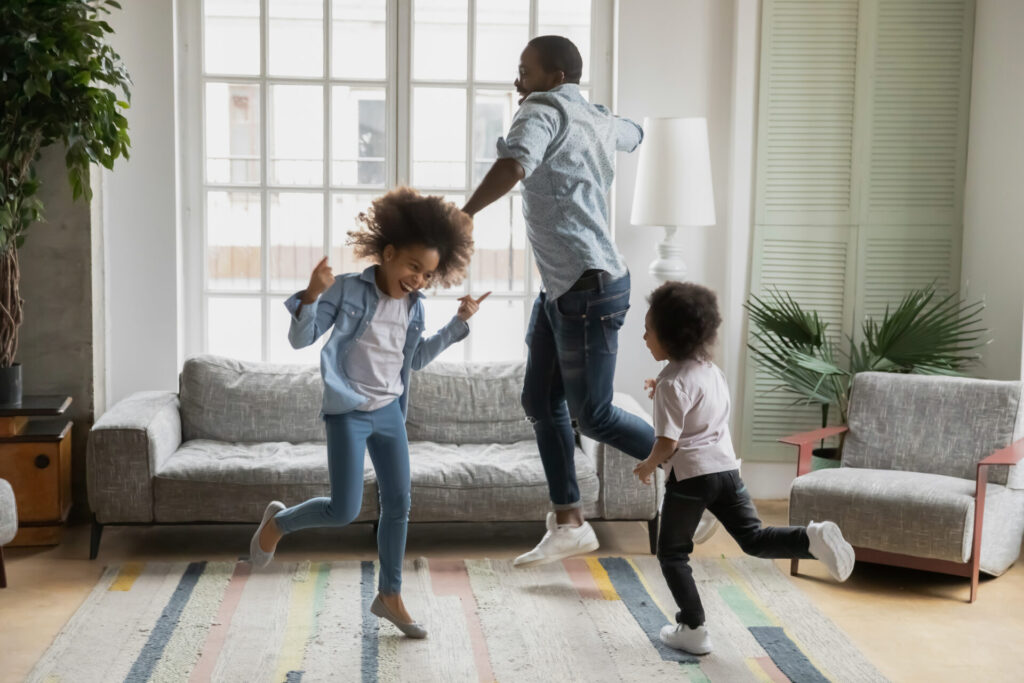
Onto the music and movement activities! Most of these activities don't involve rules, just creative movement, and can take place right in your living room.
No need to spend a dime, either. Just put on some music and get moving.
Any of these activities are great for circle time in the home or in a classroom.
If you look at the Toniebox website, you'll find some neat music players and fun characters that go well with a lot of these music and movement activities, as well.
40+ musical activities that incorporate movement
Simon Says “Dance”
We all know the game “Simon Says”. Add a musical twist to the game by putting on some music and using some fun gross motor verbs.
You can even use action verb flashcards and draw them out of a hat.
Obstacle Course
Put on some music, lay out some stepping stones and set up some chairs, and get moving to some background music.
Musical Chairs
Musical chairs is a classic music and movement activity.
Set up your chairs in a straight line, every other chair facing the opposite direction, then start the music.
When the music stops, everyone takes a seat.
Traditionally, this is played with one less chair than players, then one chair is removed per round.
For a non-competition version, simply keep the number of chairs equal to the number of children. It's still tons of fun!
Party Freeze Song
“When I say freeze, freeze! When I say dance, dance!” Put this on your music device and have a blast.
Silk Scarf Dancing with Classical Music
Put on some classical music and invite your child to let their silk scarves flow as they dance however they feel.
This is a beautiful and calming way to fit some gross motor into your day.
Marching to a Beat
Rhythmic music is great for marching games.
Show your child how to lift their knees up high and let their feet come down onto the floor to the rhythm of the music.
Creating Rhythms with Egg Shakers
Shake egg shakers along to the beat of the music or put on some classical music and have your child find the rhythm themselves.
Walking a Line
Put some painter's tape down on your floor and have your child practice balancing along with some calming music. This is a great control of movement activity.
Hopscotch
Put a musical twist on the game of hopscotch by having your child dance a few wiggles in each square.
Painters tape makes for a great indoor hopscotch board.
Body Parts Dancing
For this activity, call out a body part and start the music. Your child can only use the body part you called out in their dance.
For example, you call out “left leg” and the child must only make their left leg move to the music.
This captures a child's attention, as it's both fun and challenging.
The Yes/No Game
For this game, a caregiver creates a musical rhythm using the words “yes” and “no” and the child repeats the rhythm, but using the words in the opposite order.
Click here for details.
“Oh so Quiet”
This is one of our favorite action songs.
The song starts off softly, then suddenly takes a very fun turn before it returns to its soft roots…and back again.
“Cover Me”
This is another fun Bjork piece that incorporates movement with music.
My children and I like to put on this song and “sneak” around the house, slowly peeking out from doorways and walking along walls.
Limbo Rock
The Limbo Rock is probably something you remember from your childhood. Set up a Limbo bar and put on the Limbo Rock song.
Very young kids don't have the control of body movement to lean backward and walk, but ducking under the bar is just as much fun.
Musical Hide and Seek
For this music and movement activity, the caregiver hides a musical instrument or any other item that makes a distinctive sound, like 2 spoons.
The child must find the instrument and make a sound with it.
Musical Packages
You may already be familiar with this patience practicing activity. Wrap an item in several layers of newspaper, then pass it around in a circle, each person removing a layer.
To add a musical element to this game, you can have the wrapped item be an egg shaker or other instrument.
The child who unwraps the final layer gets to shake it out to a rhythm of their own making.
Going on a Lion Hunt
This is a fun call-and-response music and movement activity you can do inside or outside.
Have your child follow you around use hand motions for binoculars (or use kids binoculars) and “hunt” for different animals.
Name the Instrument
Put on some music, dance for a bit, then listen closely.
Guessing what musical instrument is making a certain sound is a great way to help develop auditory discrimination.
Dance Party
There's not always a need to organize music and movement with props or rules.
Sometimes all you need to do to get the wiggles out is turn on some music and dance.
Tissue Dancing
Have everyone put a tissue on their head and dance around without letting it fall to the floor.
Musical Statues
Instead of freezing when the music stops, the child must try to stand as still as a statue while the music plays.
When the music stops, the child can loosen their body and shake it out.
Very challenging!
Musical Moods
Music elicits an emotional response in most people.
Caregivers can take advantage of this and help children identify their emotions with this music and movement activity.
Dancing Animals
Ask your child what animal they would like to pretend to be. Then ask them how they think that animal would dance if they were able.
Put on a song and watch what they come up with!
Head, Shoulder, Knees and Toes
This activity helps kids stretch their bodies and learn body part names at the same time.
It's easy enough for very young children and it's a great exercise for everyone.
Musical Body Art
Lay out an oversized sheet of paper, put on some soft music, and get out some paints.
Let your child paint with the palms of their hands to encourage them to use their whole bodies.
This is a great process art activity. Just let them paint whatever the music makes them feel.
For more process art ideas, click here.
Feather Dancing
Get a few large prop feathers and dance to your favorite classical pieces.
You can even direct your child to help the feather move quickly to the lively portions of the music, then fall slowly to the floor for the somber portions.
Hokey Pokey
We all know this one. Put on the Hokey Pokey song and gather in a circle!
This activity helps your child learn their body parts, as well as left from right.
Peter and the Wolf
Peter and the Wolf, by Sergei Prokofiev (1891-1953), is a beautiful musical illustration that introduces children to the idea that music can tell a story.
Click here for a downloadable PDF guide to introducing Peter and the Wolf.
Sleeping Bunnies
This is a great mindfulness activity.
The child stays in a crouching position until it's time for the bunny to wake up and start hopping.
Watch the video below, or click here to see how to present the activity.
Pass the Beat
For this game, have the children stand in a circle (or across from you, if it's just the two of you).
The first person claps or stomps a rhythm and the person to their left must repeat the rhythm, add to it, or create a new one to pass around.
Pass the Tune
Stand in a circle or across from one another, if it's just the two of you.
Start with saying a few words in a tune. For example, sing “I love you” in a “do-re-mi” tune.
Have the child to your left copy your words and tune, then make up a tuneful sentence of their own.
The child to their left should do the same, and so on.
Singing Moods
Practice making mood-corresponding faces with your child and take turns making up songs that correspond with each face.
Open Shut Them
“Open, shut them. Open, shut them Give a little clap, clap, clap”.
This song incorporates music and fine motor skills through fun and repetitive instructions.
Listening Walks
Ok, so this activity doesn't necessarily involve music, but it is a great activity for helping auditory acuity and discrimination.
Walking slowly through your environment, inside or outside, and listening for the most subtle sounds.
The Silence Game is an even calmer version of this activity.
Swim Like a Sea Creature
If you have an audio device, like Alexa, you can play deep-sea sounds. Swim around your living room to these calming sounds.
Walking in the Jungle
This is a fun song for walks around the neighborhood, but your child can just as easily use their imaginations and walk through the “jungle” indoors.
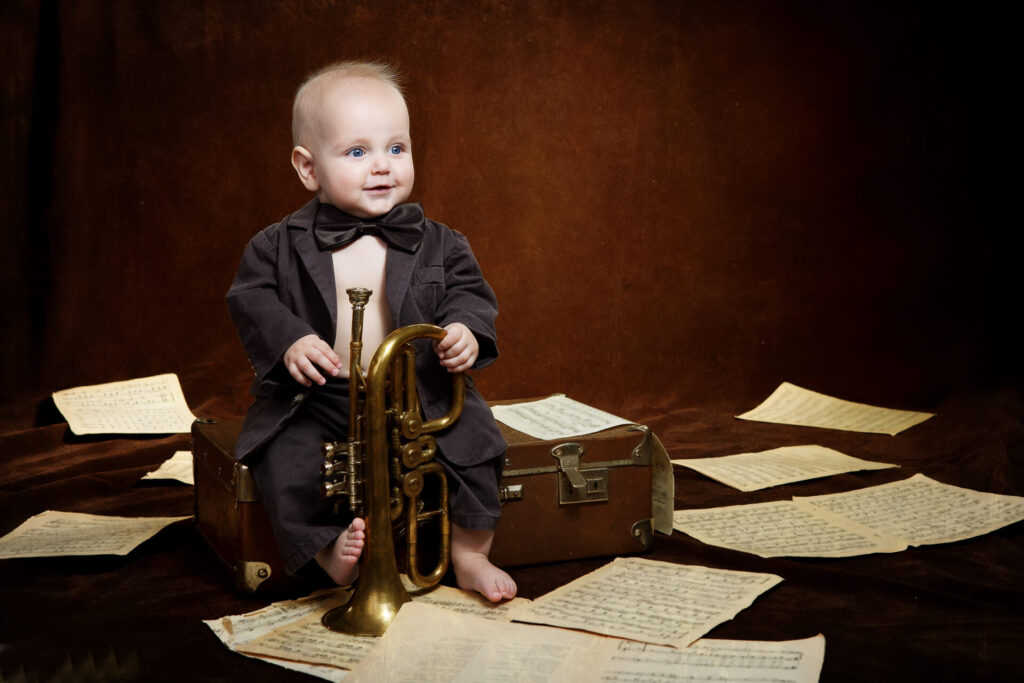
The Bingo Dance
We all know the Bingo song. Spice it up with some movements beyond stomping or clapping.
Instead, have your child do wiggle a body part or do a quick dance.
Hula Hoop Dancing
Hula hoop dancing is great because it can be done with upbeat music for an energy-burning activity.
Many people don't realize, however, that it can be done as a calming and meditative practice, as well.
Read here for more.
Balloon Dancing
Put on some music and blow up a few balloons. Dance around to the music, but don't let the balloon hit the floor!
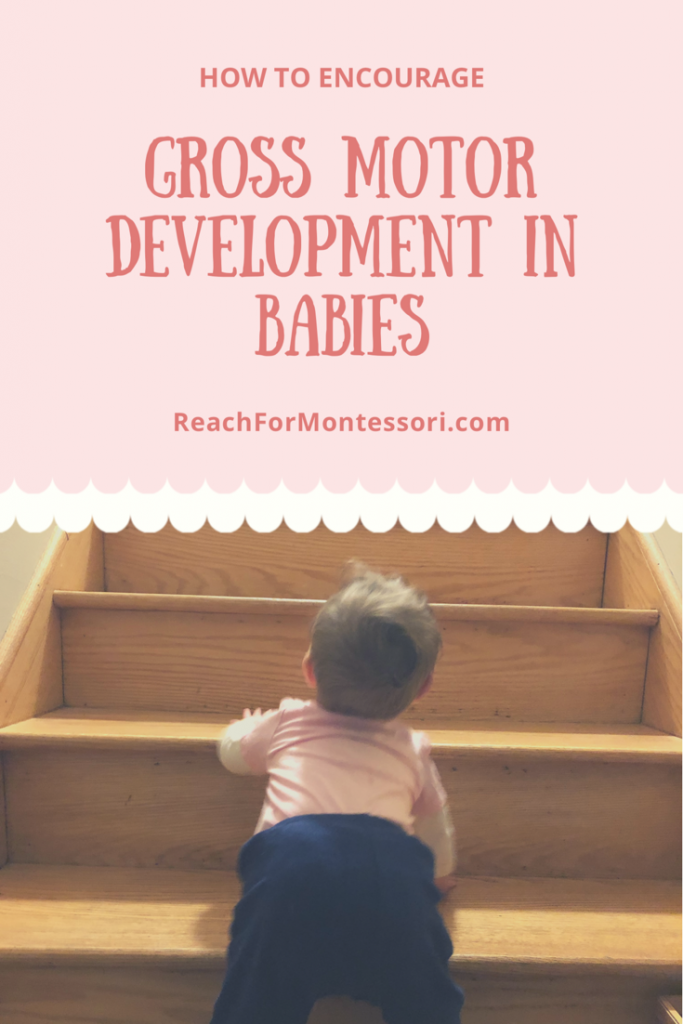
Gunny Bag Dancing
This can be done with any large sack, but smaller children can use pillowcases.
Hop into your gunny sacks and hop around to the music.
Book Balancing to the Beat
This is a challenging and fun game. Place a book on your child's head and turn on some mid-tempo tunes.
The object of the activity is to dance with the book on their head without letting it fall to the floor.
Clave Dancing
If you have drumsticks, that's great. If you don't you can use spoons or anything else you can think of that will tap together and make a sound.
Dance around the house banging your claves together in fun rhythms.
It's amazing to see how children love to get up and move to the music. I hope you enjoy some of these activity ideas.
What music and movement activities does your preschool classroom or family enjoy?
Cheers and don't forget to subscribe!

awesome idea’s!